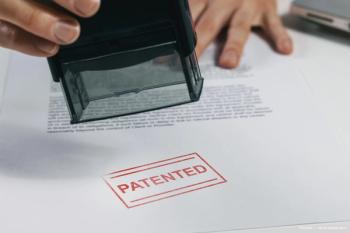
Decontamination of surgical instruments is no place to cut corners
Proper decontamination of microsurgical ophthalmic instruments takes time and effort and is not a place for shortcuts.
Key Points
AORN defines decontamination in its recommended standards of care as "the process by which contaminants are removed either by hand cleaning or mechanical means, using specific solutions capable of rendering blood and debris harmless and removing them from the surface of an object or an instrument." This definition is very specific and is meant to clarify what can and cannot be used on instrumentation, she said.
Harmer said that liability and risk exposure are important concerns for both individuals and the organization, and sacrificing proper decontamination procedures in the name of time management or for any other reason is dangerous not just to patient safety but from a liability standpoint.
Once the case is finished, the instruments should be placed in a covered container and carried to the decontamination area for initial cleaning, according to Harmer.
Employees handling this part of the process should wear personal protective attire, including gloves, visors, goggles, and anything else necessary to keep them safe from the objects they are cleaning, Harmer said.
Most ophthalmologic instruments today require manual cleaning and should be submerged in a solution that includes a low-sudsing, pH neutral, noncorrosive detergent.
Although many organizations have stopped using enzymatic detergents because they cause inflammation, they can be used if they are properly rinsed and the manufacturer does not stipulate that they should not be used.
"If you're obsessive-compulsive like I am, instead of a rinse-rinse, use a rinse-rinse-rinse. Too much rinsing can never be too much," Harmer said.
"Enzymatic detergents have been proven to remove blood and bioburden from surgical instrumentation. But if you don't use copious irrigation, there is no doubt that you could have a problem with inflammation, and, therefore, potentially could have instances of toxic anterior segment syndrome," she continued.
Before instruments can be sterilized, they must be cleaned following the directions for use from the manufacturer. If the original paper documents packed with a shipment of instruments have been discarded or lost, the information often can be found on the manufacturer's Web site, Harmer said.
Newsletter
Don’t miss out—get Ophthalmology Times updates on the latest clinical advancements and expert interviews, straight to your inbox.


















































.png)


